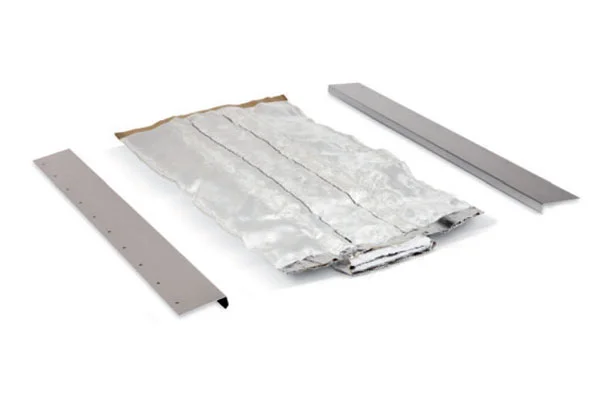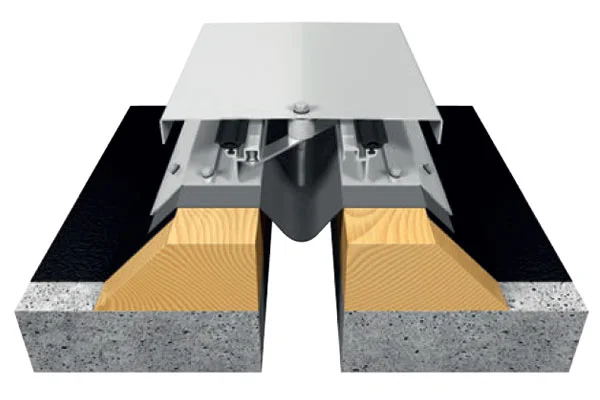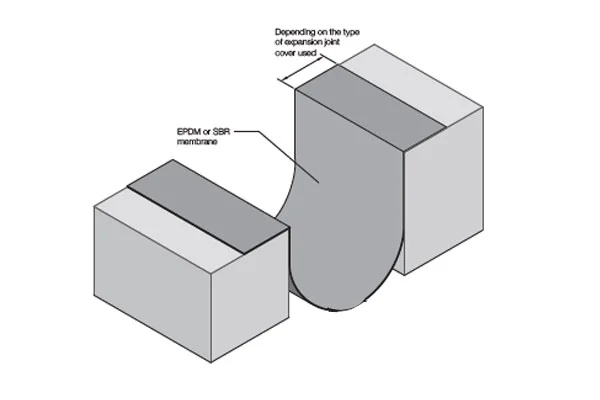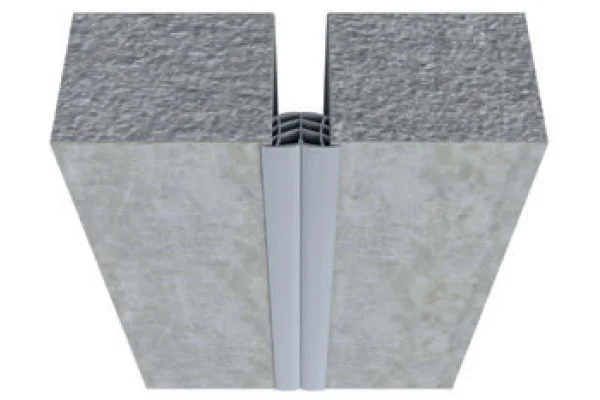The Metropolitan Transportation Authority is advancing plans to convert an abandoned freight line in New York City into a commuter light rail line. The Interborough Express will travel 14 miles through Brooklyn and Queens and create 19 new stations on an existing right-of-way. The agency recently awarded a design-build contract to a joint venture of Jacobs Civil Consultants Inc. and HDR for nearly $166 million.
“I love this—we’re using underutilized existing infrastructure, a freight rail line that gets at most two trains a day and we’re going to turn it into a light rail line that serves maybe 200,000 people a day,” said Janno Lieber, MTA’s CEO and acting chair during an agency board meeting in late July.
The agency estimates the rail line will cost a total of $5.5 billion, with half of the funding already set aside in the agency’s 2025-2029 capital plan.
The path of the proposed train line will travel through parts of the city where transit is often scarce. While 900,000 New Yorkers live within one-half mile of the route, half don’t have cars and many live in what MTA refers to as “rail deserts,” or areas without meaningful transit access. With an end-to-end run time of 32 minutes and connection points at subway lines, bus stops and the Long Island Rail Road, the Interborough Express should speed up commutes within and between the boroughs, according to the agency.
Late last month, it selected the Jacobs/HDR bid from six submissions that also included those from AECOM USA Inc., Arup US Inc., a joint venture of HNTB New York Engineering and Architecture P.C. and STV Inc., EXP Services P.C., and a joint venture of Gannett Fleming Engineers and Architects P.C. and AtkinsRéalis Architecture and Engineering.
MTA declined to disclose the values of the five other project bids.
The agency says it selected Jacobs-HDR because of the partnership’s “extensive experience” on similar projects and its “innovative approach” to project sequencing, logistics and design coordination, and demonstrated understanding of the corridor constraints,” the agency wrote in its July board action Items.
Jacobs-HDR will have 24 months to develop early designs and bridging documents for two further design/build contracts, one for each of two construction phases. The first focuses on preparing the corridor for the train—bridge repair, utility relocation, environmental remediation and more—while the second is dedicated to installing the light rail, including tasks like laying tracks, constructing stations and providing traction power. An option in the contract allows the first phase to be split into three for an additional $8.6 million.
The inked design-build contract marks progress on a project first proposed in the 1990s by the Regional Plan Association, a nonprofit that advocates for accessible transit development in the New York City metropolitan area. Out of different options of freight rail alignments, converting this stretch has been a priority for the organization because it would serve the highest number of possible riders by far, says Kate Slevin, its executive vice president.
“Much of the transit system in New York City was built at a time when the goal was to improve access in and out of Manhattan,” Slevin says. “But there’s been a lot of growth and development in Brooklyn and Queens,” including along the waterfront in Sunset Park and Bay Ridge, where the Interborough Express will end, she adds.
Originally, the group envisioned the line as running 26 miles into the Bronx, but a northern portion of the right-of-way will instead be incorporated into MTA’s extension of the Metro-North Railroad New Haven line to Penn Station in Manhattan.
Slevin credited New York Gov. Kathy Hochul’s pursuit of transit development with the project moving forward, along with outreach campaigns and resolved concerns about how freight and passenger service can operate along the same lines.
MTA has not yet offered an estimated completion date, but Slevin says the Regional Plan Association will watch to make sure the development stays within its existing right-of-way as much as possible. Integration into local communities, either by fostering new businesses, supporting existing green spaces—or both—will also be important parts of the project, she says, along with making sure locals on either side of the tracks will be able to access trenched portions.








